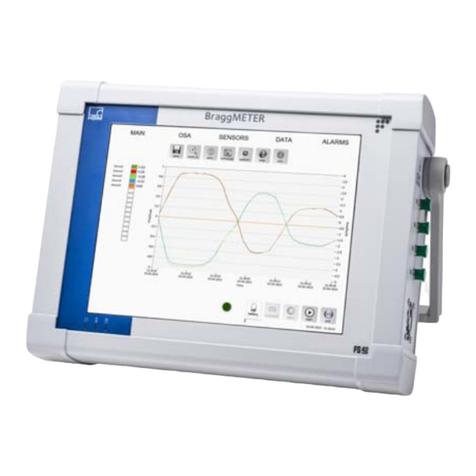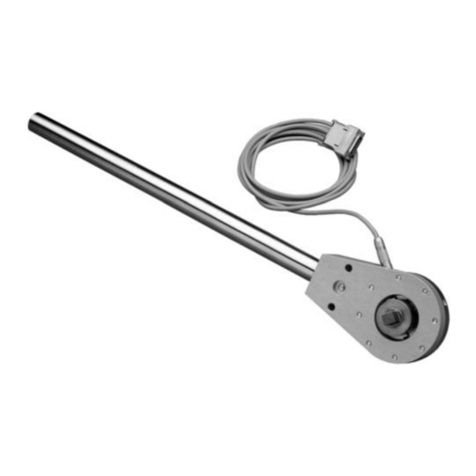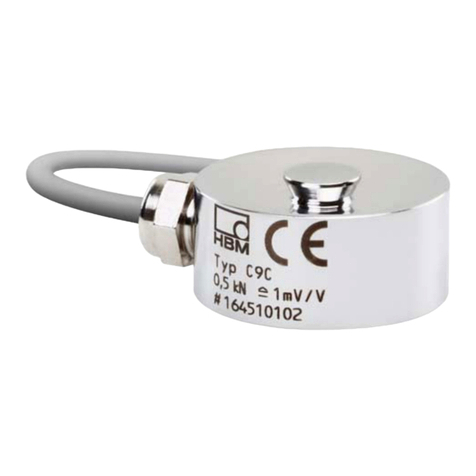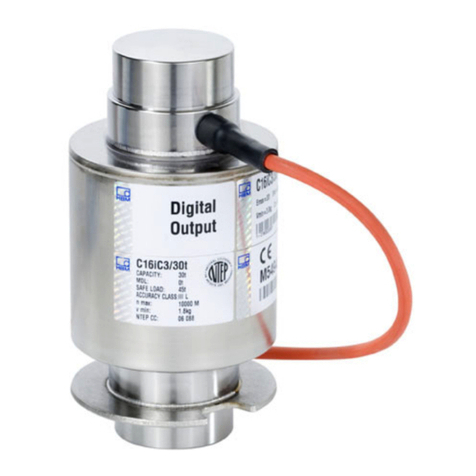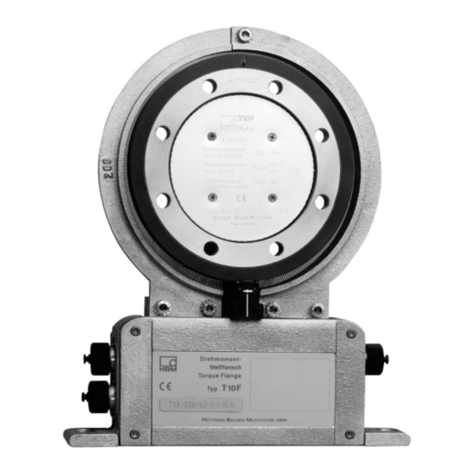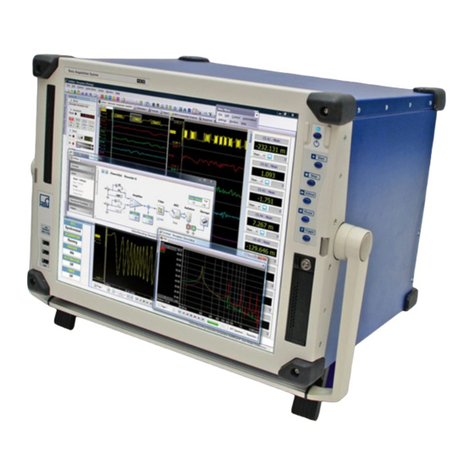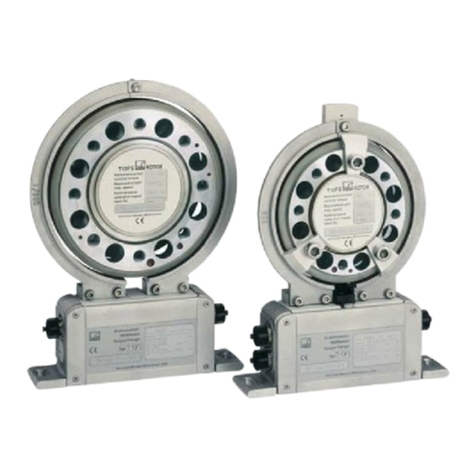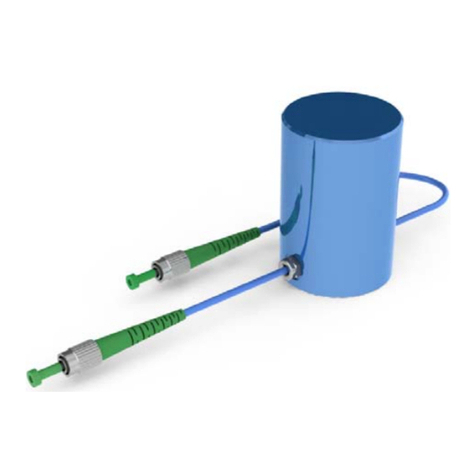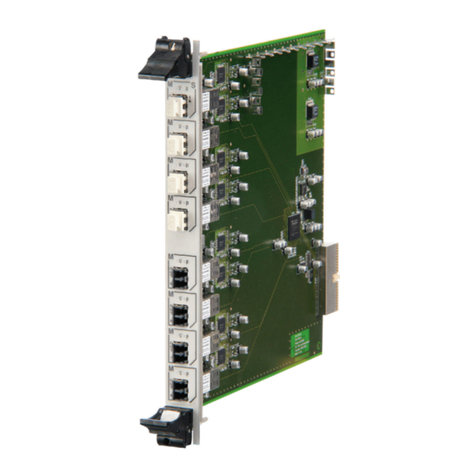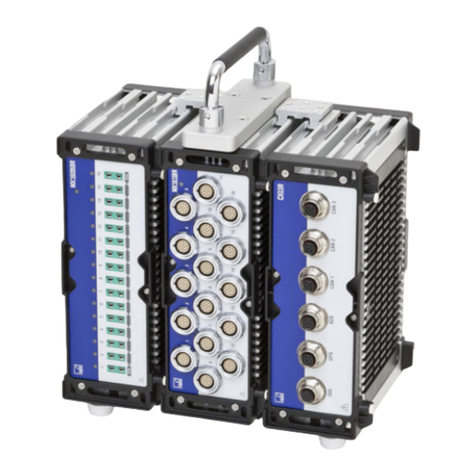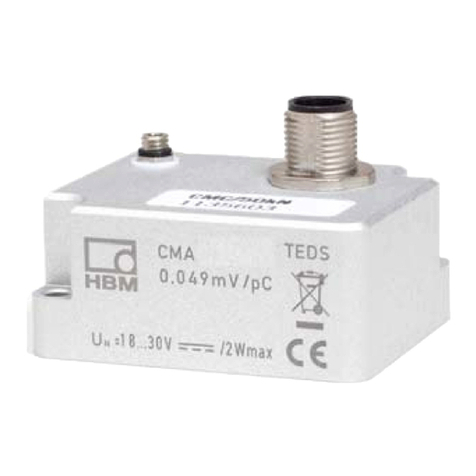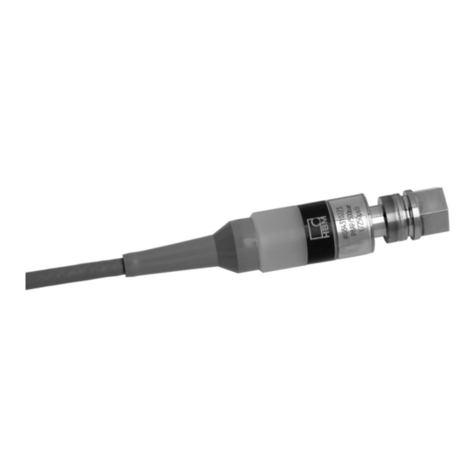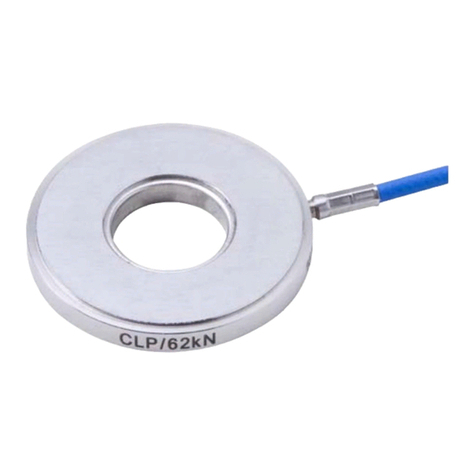
Safety instructions
KDB A04785_01_YCI_02 HBM: public 5
Use as a machine element
Force transducers can be used as machine elements. When used in this
manner, it must be noted that, to favor greater sensitivity, the force transducers
were not designed with the safety factors usual in mechanical engineering.
Please refer here to the section "Load-carrying capacities" and to the
specifications.
Accident prevention
The prevailing accident prevention regulations must be taken into account,
even though the breaking force is well in excess of the full scale value. This
applies in particular to transport and mounting
Additional safety precautions
Force transducers cannot (as passive transducers) implement any (safety-
relevant) cutoffs. This requires additional components and constructive
measures, for which the installer and operator of the plant is responsible.
In cases where a breakage or malfunction of the force transducer would cause
injury to persons or damage to property,the user must take appropriate
additional safety precautions that meet at least the requirements of applicable
safety and accident prevention regulations (e.g. automatic emergency shut
down, overload protection, catch straps or chains, or other fall protection). The
electronics conditioning the measurement signal should be designed so that
measurement signal failure does not subsequently cause damage.
General dangers of failing to follow the safety instructions
Force transducers are state-of-the-art and failsafe. There may be dangers in
volved if the transducers are mounted, set up, installed and operated inap
propriately, or by untrained personnel.
Every person involved with setting up, starting-up, operating or repairing a
force transducer must have read and understood the mounting instructions and
in particular the technical safety instructions.
The force transducers can be damaged or destroyed by non-designated use of
the force transducer or by non-compliance with the mounting and operating
instructions, these safety instructions or any other applicable safety regulations













